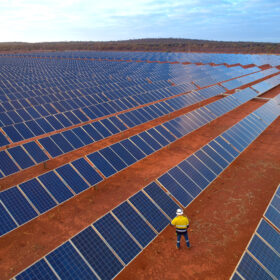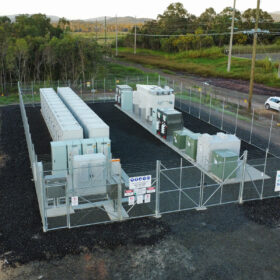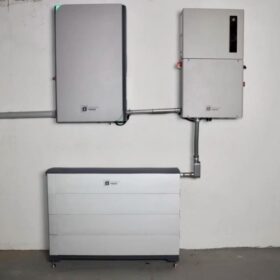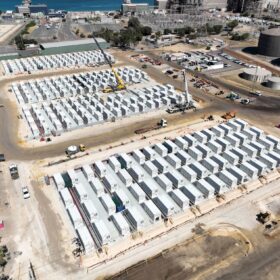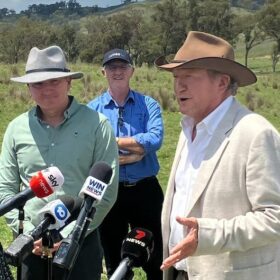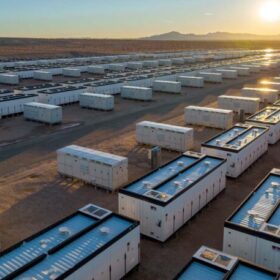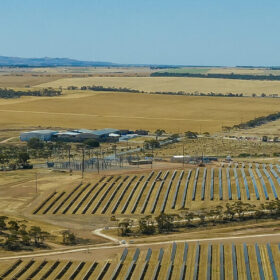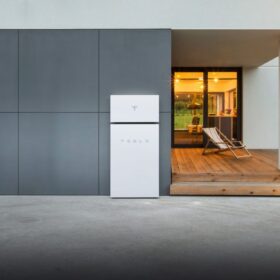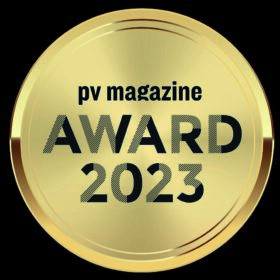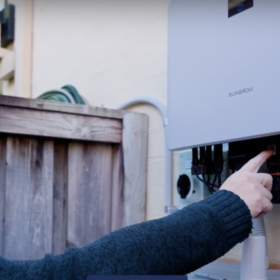DeGrussa solar and battery hub labelled ‘brilliant success’ as decommissioning begins
The largest integrated off-grid solar and battery storage facility in Australia when it was deployed, the DeGrussa solar and battery hub in remote Western Australia has reached end of life with asset owner Neoen confirming it is now planning to remove the more than 34,000 solar panels and rehabilitate the site.
Queensland builds on statewide network-connected battery program
A dozen new large-scale, network-connected batteries with a combined capacity of 48 MW / 96 MWh will be rolled out across Queensland as part of the state government’s strategy to support the continuing uptake of renewable energy and take the heat out of peak demand periods.
Fortress debuts high-voltage, all-in-one residential battery
Unite States-based manufacturer Fortress Power’s Avalon High Voltage Energy Storage System combines a hybrid inverter, high-voltage battery, and a smart energy panel in an all-in-one, whole-home backup system.
Kwinana battery project powers ahead with storage units installed
In a major leap towards the state achieving its sustainable energy goals, Western Australia’s Kwinana Battery Stage Two project has reached a pivotal milestone with Synergy having successfully installed the containerised battery systems at what is to be the largest grid-connected battery in the state.
Forrest promises financing for 14 GW of clean energy projects
Squadron Energy, the private renewables group controlled by the billionaire Forrest family, has pledged to deliver 14 GW of new clean energy generation and storage projects in Australia by the end of the decade.
Cornwall backs new FCAS markets to deliver big profits for batteries
“Substantial” profits available in the recently introduced Very Fast Frequency Control Ancillary Services markets will lead to a surge in battery involvement according to new data provided by energy market consultancy and research group Cornwall Insight Australia.
Epic adds big battery to complement South Australian solar
Epic Energy has added a large-scale battery energy storage project to its growing portfolio of renewable energy infrastructure assets with the 100 MW / 200 MWh facility to sit alongside the company’s two solar farms at Mannum in South Australia.
Tesla releases API for solar, Powerwall, EV charger
The company released an application programming interface to enable third-party developers to interact with Tesla home energy products.
pv magazine Awards 2023: The winners
More than 200 entries from across 39 countries made up the field for the pv magazine Awards 2023 and there was genuine innovation on display in all categories. Significant demands have been placed on the solar and energy storage industries in 2023, but that hasn’t stopped the sector from making great leaps in performance. The winners of the pv magazine Awards 2023 serve as shining examples of what can be achieved through a continuous improvement philosophy.
Free home solar and battery rollout begins with Diamond partnership – here’s how NRN’s value model works
Australian startup NRN is rolling out its proposition to fit households with solar and batteries at no cost to consumers. Announcing its partnership with retailer Diamond Energy and the completion of a $13.5 million (USD 9.18 million) capital raise, the company believes it’s found the trick to successfully deploying free household renewables by focussing on retailer value. Pv magazine Australia spoke to NRN and experts about how exactly the model works and where the value comes from.
